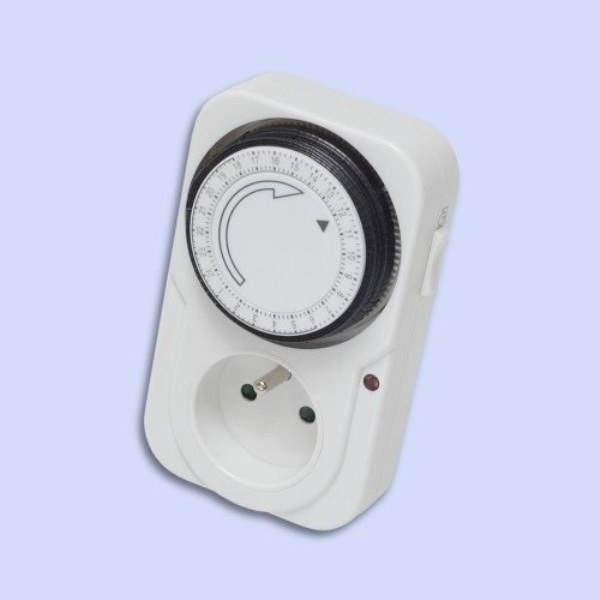Instruction
1
Read the manual timer to determine the scope of its application. Devices of this type are usually designed for currents up to 16 A and have a limit on capacity of connected device. Mechanical household timer included in the electric socket can be used with devices of type resistor, which are incandescent lamps and electric furnaces and inductive type. The latter category can be attributed to fluorescent lamps and motors.
2
Install on the scale of household timer current time and the time of switching on or off of the device. The most common design of the timer device is provided with drive teeth. These teeth, located on the outer disk, you have to press. Each tooth will correspond to a particular time of the timer. The usual step is 15 minutes.
3
Plug the timer into the mains socket and connect to the device corresponding to the device, which time you want to monitor. If you later need to change the timer mode, the teeth on the disk will have to return to the original position, and then set the new parameters to enable or disable the device.
4
Use a timer switch located on the side of the hull. It is provided with a symbol that looks like a watch, and a badge similar to the Roman numeral I. When installing the switch on the first character, the timer will perform its primary function to enable or disable appliances. If you select the " I " symbol, the timer will work as standard outlets, continuously feeding the power.
5
When using the timer, follow the recommendations outlined in the technical description. Do not use a mechanical timer for connecting devices complex designs that require the choice of a particular program. Such devices include programmable slow cooker. Household timer, unfortunately, will not be able to ask a few cycles of consecutive on and off complex machinery.
